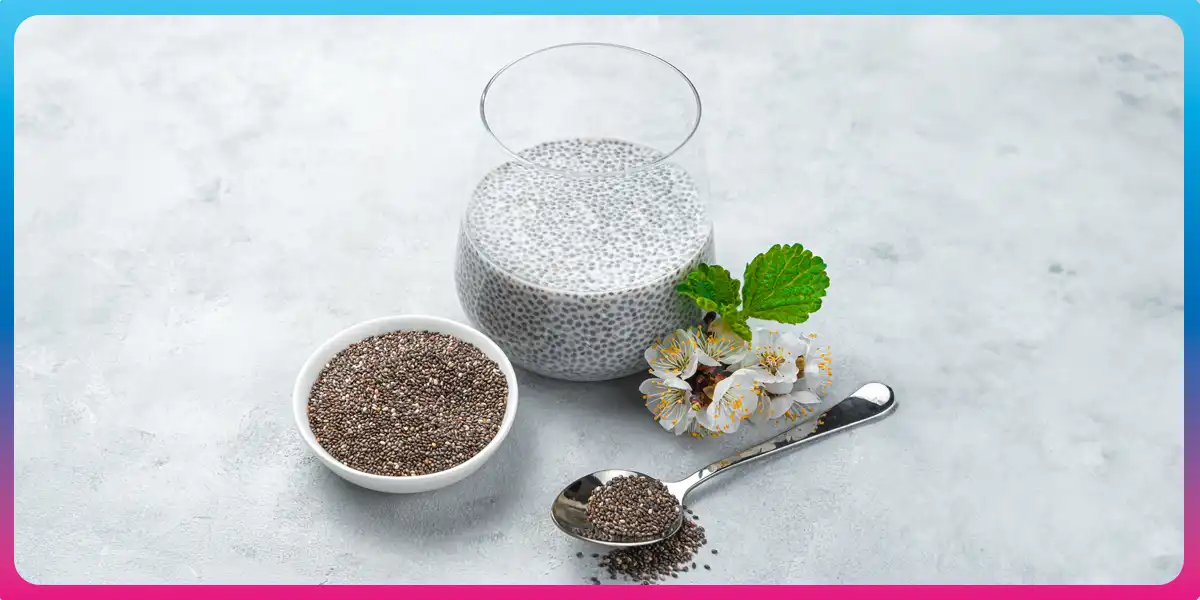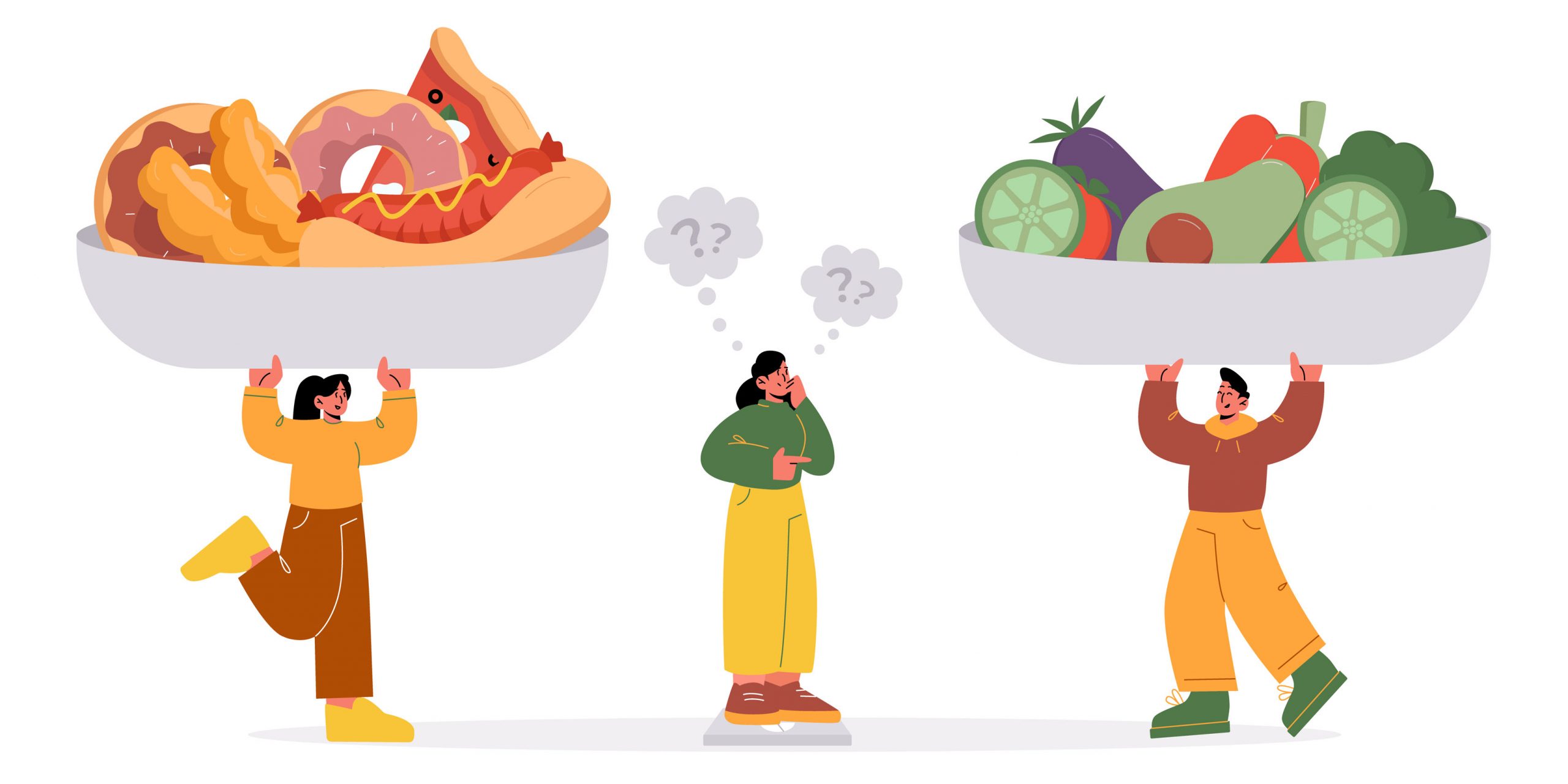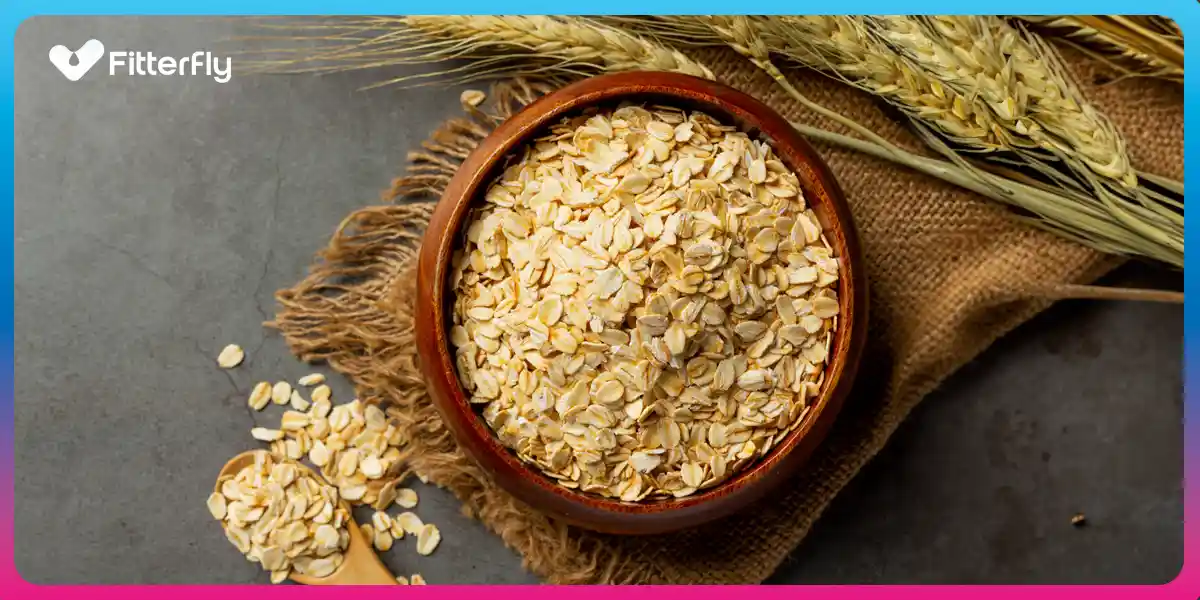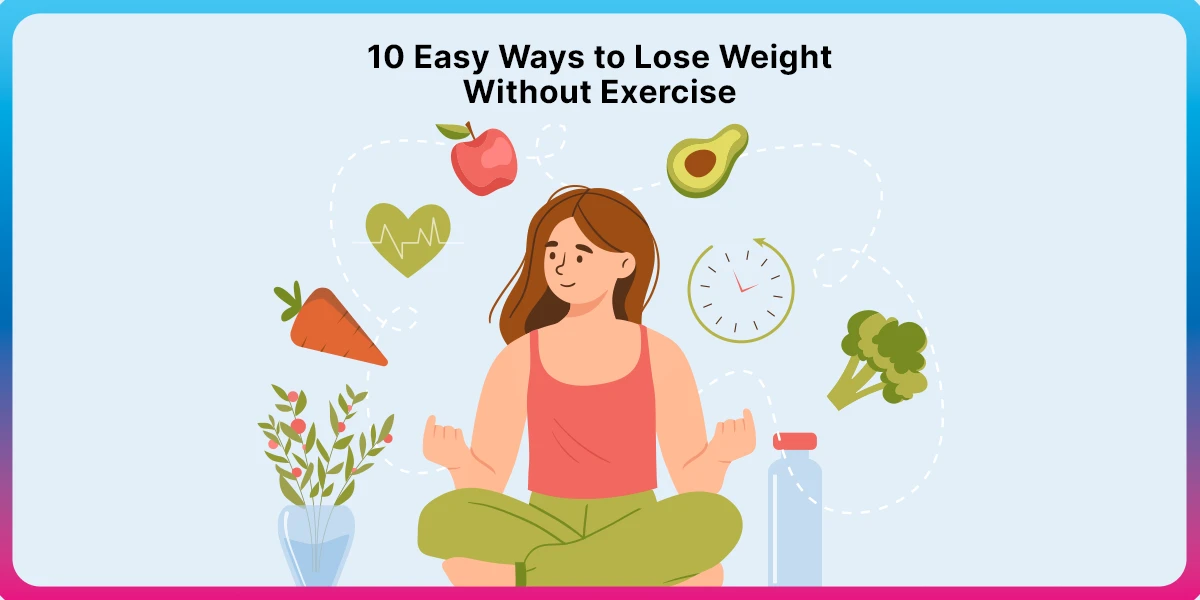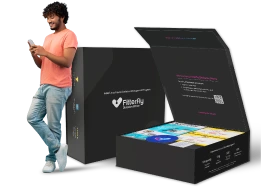How to Get a Diabetic Diet Chart That Works for You?

Figuring out what you should eat and what you should avoid when you have diabetes can be tricky. With all the information thrown at you, right from things like ‘don’t eat rice or mangoes’, ‘choose chapatti instead’ or ‘carbs are your enemy’ – all this advice can be confusing.
But, while we are not saying one piece of advice is better than the other, what you need to understand is — what works for one person may not work for you. In short, there’s no one-size-fits-all formula when it comes to food and diabetes.
Why?
We are all unique – our health history, genetics and even bodies – making a personalised diet plan especially imperative to successful blood sugar management. So, let’s get into it –
What does a standard diabetic food chart have?
A regular, non-personalised food chart is usually templatised.
It follows the basic guidelines that certain foods help lower your blood sugar levels (or keep them in control), while others make them rise. And the main focus of these diets is weight loss because the idea that weight loss is directly related to better diabetes and blood sugar management is prevalent.
What’s more, these diet charts are one-size-fits-all, and usually, there isn’t too much follow-up on how you are doing with the diet, if it’s helping you manage your blood sugars better or even how certain foods are affecting your blood sugar levels.
Indias top Diabetes nutritionists
are here to help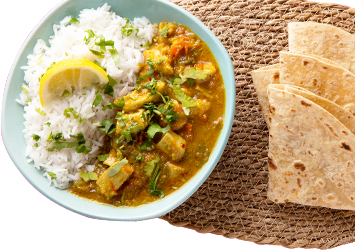
This means it’s not personalised to you and your body’s needs.
A regular food chart for people with diabetes usually includes the following:
- Increase consumption of green leafy vegetables, flaxseeds, chia seeds, cinnamon, fatty fish like salmon or rawas, mackerel, and specific fruits and nuts.
- Stay away or avoid starchy and carb-rich foods like rice, potatoes, certain fruits, sugar-rich foods, and other unhealthy options.
While all of this advice isn’t bad, having a diet personalised to your lifestyle, dietary likes and dislikes and how your blood sugar responds to certain foods would be the best way to make a sustainable lifestyle change that will help keep your blood sugar levels in check over the long haul.
And, lastly, a regular diet chart does not factor in the macro and micronutrients you are eating — both of which are extremely important to help you manage your blood sugar levels well.
Let’s look at the pros and cons of a regular, non-personalised diet:
| Pros | Cons |
|---|---|
|
|
Why having a personalised diet is essential?
In people who don’t have diabetes, their blood sugar (glucose) levels are tightly controlled by various hormones between 70-150 mg/dl. This is important because glucose is the petrol or fuel for most bodily functions.
To help you understand this better, think of it this way – when you eat any food, your body digests the food in your intestines, and the glucose is extracted from the food is released into your blood. This glucose then causes your blood sugar levels to rise – which depends on the amount of carbohydrates and rate of digestion of the food – this whole process is called Glycemic response.
But Glycemic response is a very generalised term; what you need to know about is PGR or Personalised Glycemic Response.
So, in short, think about it this way.
What if we told you that those foods you were asked to avoid don’t affect your blood sugars as much, and you can continue eating them?
Or
If we could point out those foods that don’t work well for your blood sugar levels and are best avoided?
Or
Even if we could tell you the right combination of foods and even when to eat them for the best blood sugar control?
Imagine how wonderful that would be?
PGR is the glycemic response that is different for different people. Just like the picture below:

When you eat, let’s say, a banana versus when your neighbour eats a banana – the changes in your blood sugar levels will differ from that of your neighbour’s.
This means your glycemic response differs from one food to another and is also different from someone eating the same food. The reason for this difference could be your age, genes, muscle mass, gut bacteria and pancreatic reserve of hormones.
And that’s why knowing your PGR or personalised glycemic response is the key to better diabetes control – one that’s been ignored to date.
How Personalised Glycemic Response helps you control your blood sugar better?
One of the main reasons PGR works so well in helping you manage your blood sugar levels well is because it can help you identify the top foods that are good and those that are bad for your blood sugar control.
Once you have your PGR reports, you can get a personalised diet plan that’ll work the best for you. The diet plan will then be based on those foods that are good for your blood sugar control and will try to minimise or eliminate those bad for your blood sugar control.
That’s why following a personalised diet plan instead of a one-size-fits-all one can help you achieve better diabetes control.

And, yes, it’s possible for you to get a personalised glycemic response–based diabetes management program that works for you.
This is precisely what you can get with Diabefly – A Digital Therapeutics (DTx) program.
With Diabefly, we monitor your blood sugars and your diet. We then correlate the results to understand your PGR.
Once we have this information, your Diabefly coach will give you highly personalised recommendations that can help you manage your blood sugars better.
Summary
- We are all unique – our health history, genetics and even bodies – making a personalised diet plan especially imperative to successful blood sugar management.
- Having a diet personalised to your lifestyle, dietary likes and dislikes and how your blood sugar responds to certain foods would be the best way to make a sustainable lifestyle change that will help keep your blood sugar levels in check over the long haul.
- PGR is the glycemic response that is different for different people – it can help you identify the top foods that are good and those that are bad for your blood sugar control.
- With Diabefly, we monitor your blood sugars and your diet. We then correlate the results to understand your PGR. Once we have this information, your Diabefly coach will give you highly personalised recommendations that can help you manage your blood sugars better.
What’s more, Diabefly is a great tool if you’ve just been diagnosed with diabetes. With Diabefly, the data your coach receives can help both your coach and doctor tailor the best lifestyle management plan that works for you. In some instances, this may also help you manage your glycemic control better and even reverse diabetes.
Sounds interesting? Check us out at https://www.fitterfly.com/diabefly or give us a call at 022 48971077 Ext. 1.
India's top Diabetes nutritionists are here to help




